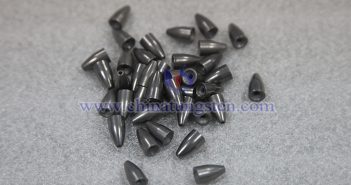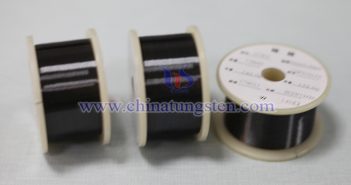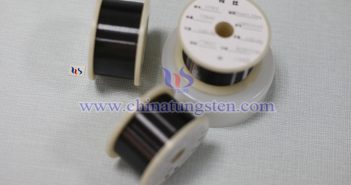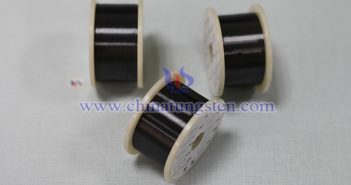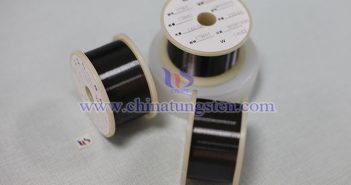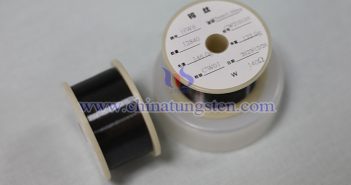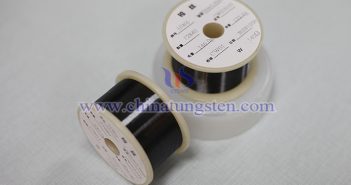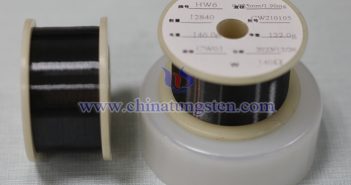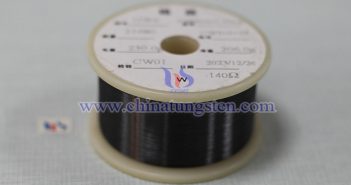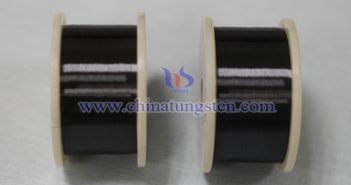
The preparation process of tungsten wire for glass heating mainly involves the purification, processing and subsequent treatment of tungsten materials to ensure that it has excellent performance at high temperatures and is suitable for high-temperature environments such as glass heating. The following is a typical process flow for the preparation of tungsten wire: 1. Raw Material Preparation Tungsten Ore Purification: The preparation of tungsten wire starts with tungsten ore (such as wolframite or scheelite), and extracts high-purity tungstic acid or…

